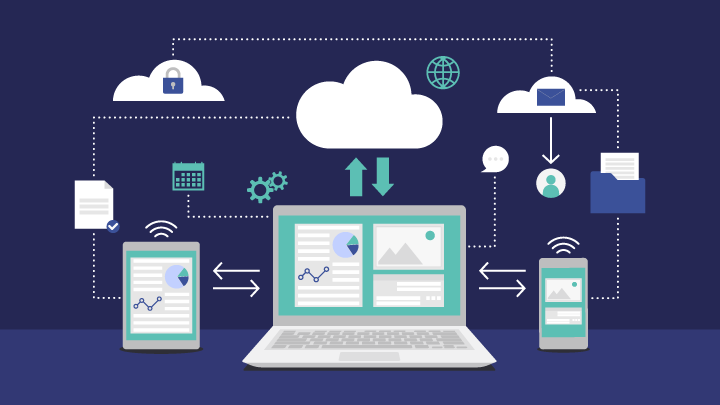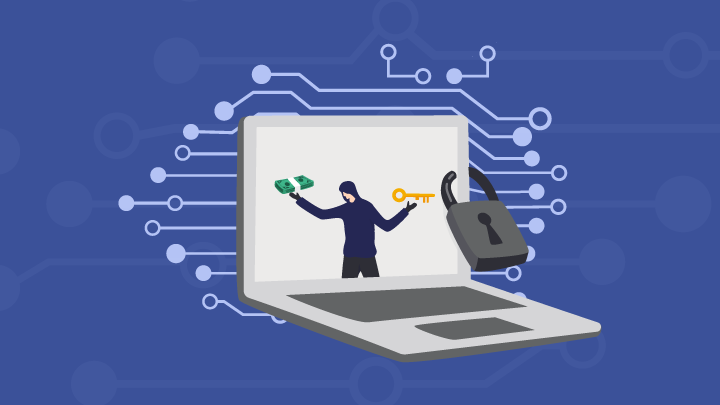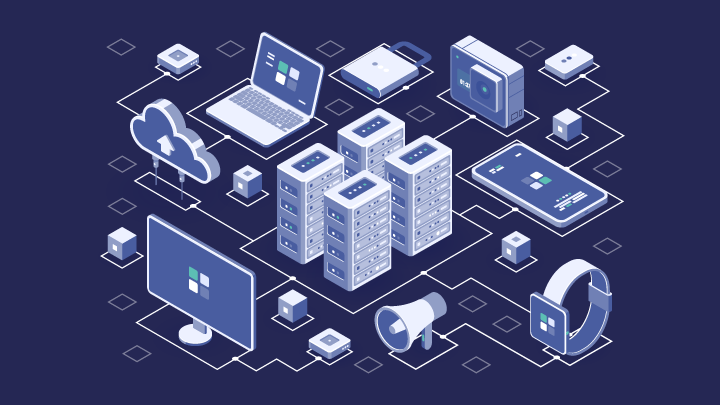Welcome to the Era of “Everything as a Service”

The transformational impact of Software-as-a-Service (SaaS) on enterprise IT is entwined with the success of Salesforce, the growth of the internet, and the proliferation of broadband, mobile phones, and browsers.
Driving Efficiency with Workflow Automation

Workflow automation, also referred to as “task automation,” is the application of computer programs to minimize or eliminate the need for human involvement in completing a task.
2022 SonicWall Cyber Threat Report: The industry takes stock of cyber attacks

Cybersecurity is front of mind for enterprises right now, with everyone on high alert trying to manage potential threats that carry major reputational and financial risks.
What You Need To Know About Edge Computing

Every day, across all industries and environments, companies are discovering how to leverage the constant waves of data to help their organizations be better, faster, and even safer with edge computing.
Is Your Data Intelligent?

Simply put, intelligent data is data that leverages artificial intelligence (AI) to create efficiencies, gain understanding, innovate, and transform organizations and industries.
Driving Employee Engagement with Yammer

IT teams should be aware of the many communication and collaboration tools available to their organizations, especially as these tools evolve and progress.
